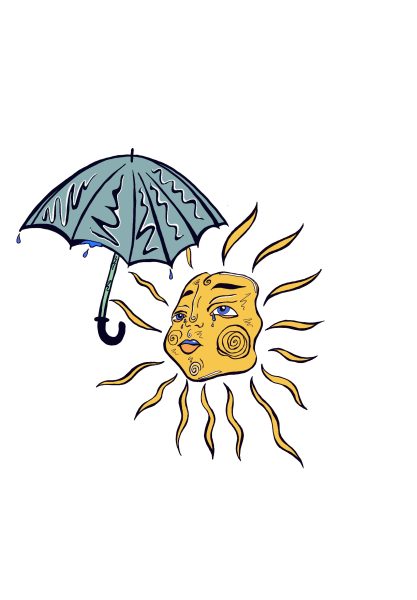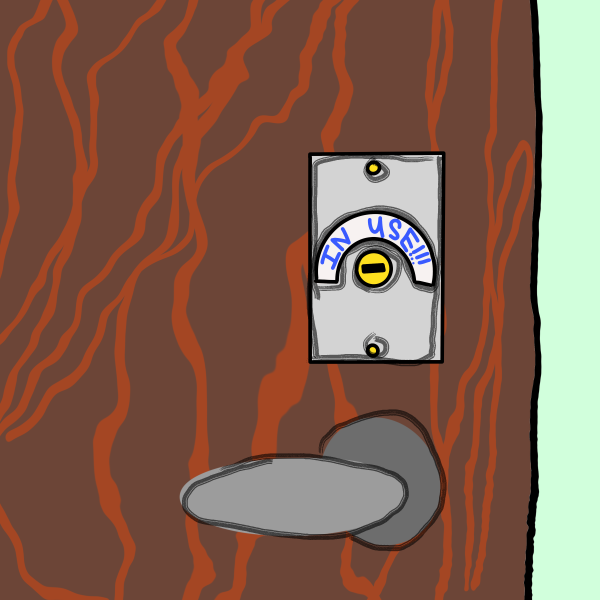The glum reality of mid-winter
How wintertime can affect morale on a college campus
February 17, 2017
The mood of Hamline’s campus during the winter is strikingly different compared to the rest of the year.
The sidewalks are slick with ice and crowded with students shuffling along to class, while simultaneously shielding their faces from the wind, which is relentless regardless of what the actual temperature is outside. With J-term over for the year, the focus has gone from one class, one abroad trip or one month off into a full semester. Students must shift their mindset and dive headfirst into the second half of the school year, which can be quite overwhelming.
With this in mind, it’s no wonder that winter is one of the toughest seasons of the year. Coming off of the holiday season, the world feels a lot less jolly. For the most part, temperatures are frigid and the sky gloomy. Occasionally, we get a teasing glimpse of spring. A day of Vitamin D can do wonders to morale, but it makes the next drop in temperature all the more difficult when you are forced to trade in your vest for a winter coat once again.
Not to mention all the New Year’s resolutions that float around half heartedly. At the beginning of January, they seem like a great idea, but by the time February rolls around there is less and less motivation followed by busier and busier schedules. Suddenly, the resolution doesn’t seem so sparkly anymore and the promise of the New Year goes from a new beginning to just another spot on the calendar.
Needless to say, it can be difficult to be a student during the dead of winter. With all the complexities that a new semester has riding on our shoulders, how is our motivation affected? How do we change as members of a college community? What happens to our grades?
It’s no secret that the colder months can wreak havoc on an individual’s attitude, as well as their overall outlook. Seasonal Affective Disorder (SAD) is a prime example of how legitimate this feeling really is. The Mayo Clinic describes SAD as a type of depression that gets worse and worse as the winter months approach and eventually arrive. The Seasonal Affective Disorder Association’s website lists some of the cardinal symptoms of SAD as fatigue, decreased cognitive function, anxiety, overeating and sleep problems.
I know many people who suffer from this. The majority of them find the winter months to be the hardest, but it is also possible to experience SAD during the spring and summer. Either way, it can make living and going to school in a place like Minnesota unbearable.
Even for those who don’t suffer from SAD or something similar to it, concentration on school work during the winter is hard for students, and people have taken notice.
I’ve heard of some educators proposing more classroom opportunities in the warm summer months and schools setting out to offer more resources for students battling seasonal depression. In all actuality, there is no surefire answer to solve all of the problems that winter can bring to education. For now, as we get comfortable with second semester, here are a few things worth considering:
1.) Evaluate your current state, as well as what’s to come. How are you handling your course load this semester? What opportunities could these courses bring?
2.) Is there anything you need to change in order to help you be more successful?
3.) Surround yourself with positivity and things that bring you joy.
4.) Take care of yourself. If you feel as though you need some additional help, the counseling services here at Hamline are a wonderful resource. Their number is 651-523-2204 and they are located in Manor Hall. More information available at www.hamline.edu/offices/counseling-health/





